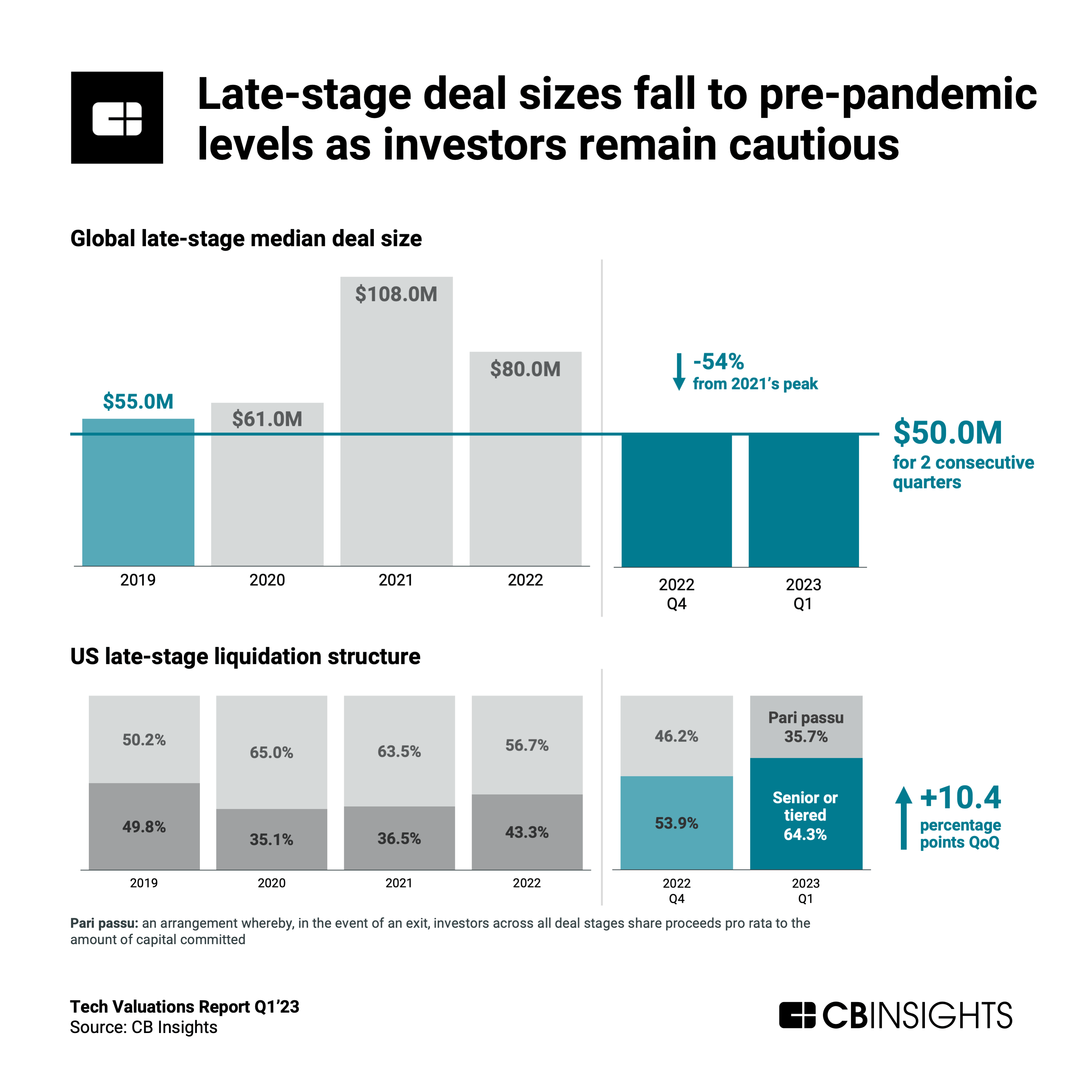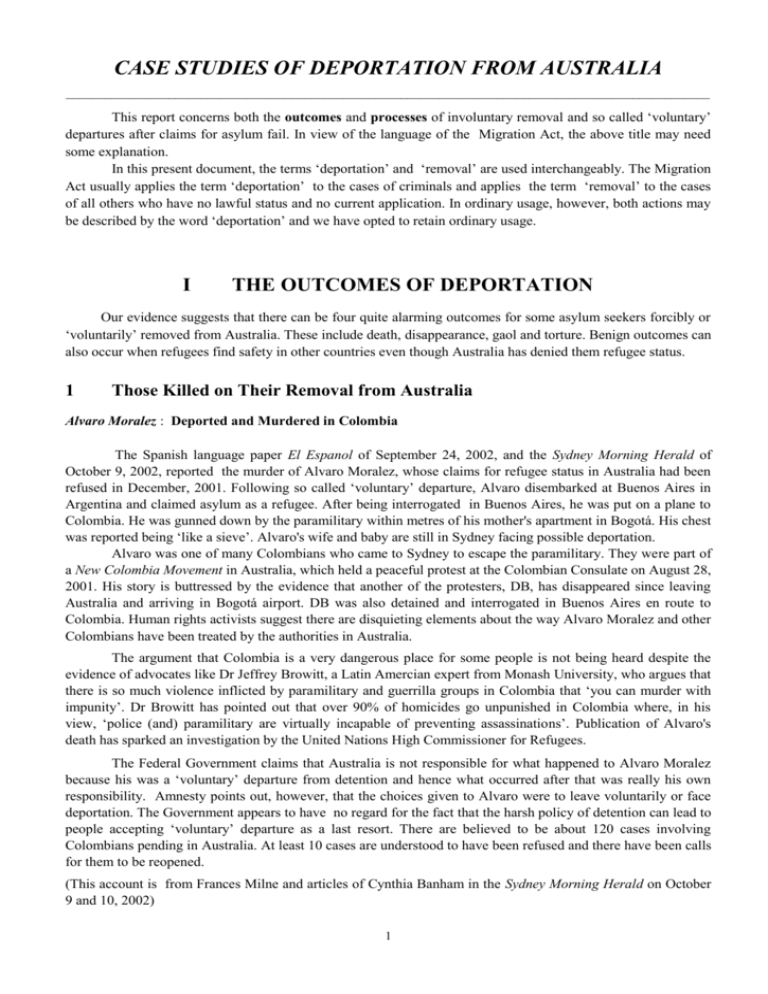Understanding Stock Market Valuations: BofA's Insights For Investors

Table of Contents
Key Valuation Metrics Explained
Employing multiple valuation metrics is crucial for a comprehensive analysis of a company's worth. Relying on a single metric can be misleading, as different metrics highlight different aspects of a company's financial health and future prospects. Let's delve into some essential metrics:
Price-to-Earnings Ratio (P/E)
The P/E ratio is one of the most widely used valuation metrics. It represents the price an investor pays for each dollar of a company's earnings. It's calculated by dividing the market price per share by the earnings per share (EPS).
- Interpreting High vs. Low P/E Ratios: A high P/E ratio suggests investors expect higher future earnings growth, while a low P/E ratio might indicate the market perceives the stock as undervalued or anticipates lower growth. However, the "ideal" P/E ratio varies significantly across sectors. Tech companies, for instance, often command higher P/E ratios than utilities.
- Impact of Earnings Growth on P/E: Strong earnings growth typically supports a higher P/E ratio. Conversely, declining earnings often lead to a lower P/E ratio.
- Limitations of Relying Solely on P/E: The P/E ratio can be affected by accounting practices and doesn't consider a company's debt or assets. It's essential to use it in conjunction with other metrics.
Price-to-Book Ratio (P/B)
The P/B ratio compares a company's market capitalization to its book value of equity. It's calculated by dividing the market price per share by the book value per share. This ratio is particularly relevant for companies with significant tangible assets, such as banks and manufacturing firms.
- Interpreting High vs. Low P/B Ratios: A high P/B ratio might suggest the market values the company's intangible assets (brand, intellectual property) highly. A low P/B ratio could indicate undervaluation or potential financial distress.
- Impact of Asset Values on P/B: The accuracy of the P/B ratio depends heavily on the accuracy of the book value, which can be subject to accounting adjustments.
- Limitations and Considerations: The P/B ratio is less useful for companies with predominantly intangible assets, such as technology firms.
Price-to-Sales Ratio (P/S)
The P/S ratio is the market capitalization divided by the company's revenue. It's particularly useful for valuing companies with negative earnings, as it provides a relative valuation measure regardless of profitability.
- Interpreting High vs. Low P/S Ratios: A high P/S ratio might indicate high growth expectations, while a low P/S ratio might suggest undervaluation or lower growth prospects. Again, sector comparisons are crucial.
- Sector-Specific Comparisons: The acceptable P/S ratio varies widely across industries.
- Limitations: The P/S ratio doesn't directly consider profitability or expenses.
Dividend Yield
Dividend yield represents the annual dividend per share relative to the stock's market price. It's calculated by dividing the annual dividend per share by the market price per share. It’s crucial for income-focused investors.
- Interpreting High vs. Low Dividend Yields: High dividend yields can be attractive, but they might also signal underlying concerns about the company's growth prospects. Low dividend yields might indicate a company is reinvesting its earnings for future growth.
- Impact of Dividend Payouts on Stock Prices: Dividend payouts can influence stock prices, both positively and negatively depending on market sentiment and the sustainability of the dividend.
- Risks Associated with High-Yield Stocks: While tempting, high-yield stocks often carry higher risk. It's important to assess the company's financial health and dividend sustainability before investing.
BofA's Current Market Outlook and Valuation Insights
Bank of America's research frequently provides valuable insights into stock market valuations. (Note: Due to the dynamic nature of market outlooks, specific BofA reports and recommendations should be consulted directly on their website. Links to relevant research would be included here if available at the time of publishing.) Generally, BofA's analysts assess various sectors using valuation metrics, identifying potential overvalued and undervalued segments. They often highlight specific stocks or sectors that align with their valuation models and broader market predictions.
- Key Takeaways from BofA's Reports: (Insert summary of BofA's current market outlook, referencing specific reports if possible.)
- Potential Risks Identified: (Insert summary of potential risks identified by BofA.)
- Investment Strategies Suggested by BofA: (Insert summary of investment strategies suggested by BofA based on their valuation analysis.)
Practical Applications for Investors: How to Use Valuation Data
Investors can utilize valuation metrics to identify potentially undervalued or overvalued stocks. However, it’s crucial to remember that quantitative data should be combined with qualitative factors.
- Steps for Conducting Valuation Analysis: Begin by selecting relevant valuation metrics based on the industry and company specifics. Then, gather financial data, calculate the metrics, and compare them to industry averages and historical trends. Finally, consider qualitative factors.
- Comparing Valuations Across Different Companies: Direct comparison of valuation metrics between companies in the same sector offers valuable insights into relative valuation.
- Integrating Valuation Data with Other Investment Criteria: Consider factors like management quality, competitive landscape, financial strength, and future growth potential in conjunction with your valuation analysis.
Conclusion
Understanding stock market valuations is paramount for successful investing. Key metrics like the P/E ratio, P/B ratio, P/S ratio, and dividend yield provide valuable insights, but they must be used in conjunction with qualitative analysis. BofA's research offers a wealth of information on market trends and valuation insights, providing valuable guidance for investors. Remember to always use a combination of quantitative and qualitative factors when making investment decisions. Further research into stock market valuations, utilizing BofA's resources and other reputable sources, is crucial for making informed investment choices. Start your in-depth research today to improve your investment strategy.

Featured Posts
-
 Perplexitys Ceo On The Ai Browser War Taking On Google
Apr 28, 2025
Perplexitys Ceo On The Ai Browser War Taking On Google
Apr 28, 2025 -
 Chinas Subtle Tariff Adjustments Impact Us Businesses
Apr 28, 2025
Chinas Subtle Tariff Adjustments Impact Us Businesses
Apr 28, 2025 -
 Ray Epps Sues Fox News For Defamation January 6th Falsehoods At The Center Of The Case
Apr 28, 2025
Ray Epps Sues Fox News For Defamation January 6th Falsehoods At The Center Of The Case
Apr 28, 2025 -
 Deportation Case Of Harvard Researcher Headed To Louisiana Court
Apr 28, 2025
Deportation Case Of Harvard Researcher Headed To Louisiana Court
Apr 28, 2025 -
 Virginia Giuffre Her Life Her Accusations And Her Death
Apr 28, 2025
Virginia Giuffre Her Life Her Accusations And Her Death
Apr 28, 2025
Latest Posts
-
 The U S Dollars First 100 Days A Historical Comparison
Apr 28, 2025
The U S Dollars First 100 Days A Historical Comparison
Apr 28, 2025 -
 U S Dollars Troubled Start Parallels To The Nixon Presidency
Apr 28, 2025
U S Dollars Troubled Start Parallels To The Nixon Presidency
Apr 28, 2025 -
 Nixons Shadow A Look At The Current U S Dollars Performance
Apr 28, 2025
Nixons Shadow A Look At The Current U S Dollars Performance
Apr 28, 2025 -
 U S Dollar Weak Start To Presidency Mirrors Nixon Era
Apr 28, 2025
U S Dollar Weak Start To Presidency Mirrors Nixon Era
Apr 28, 2025 -
 Yukon Legislature Mine Managers Testimony Sparks Contempt Threat
Apr 28, 2025
Yukon Legislature Mine Managers Testimony Sparks Contempt Threat
Apr 28, 2025
